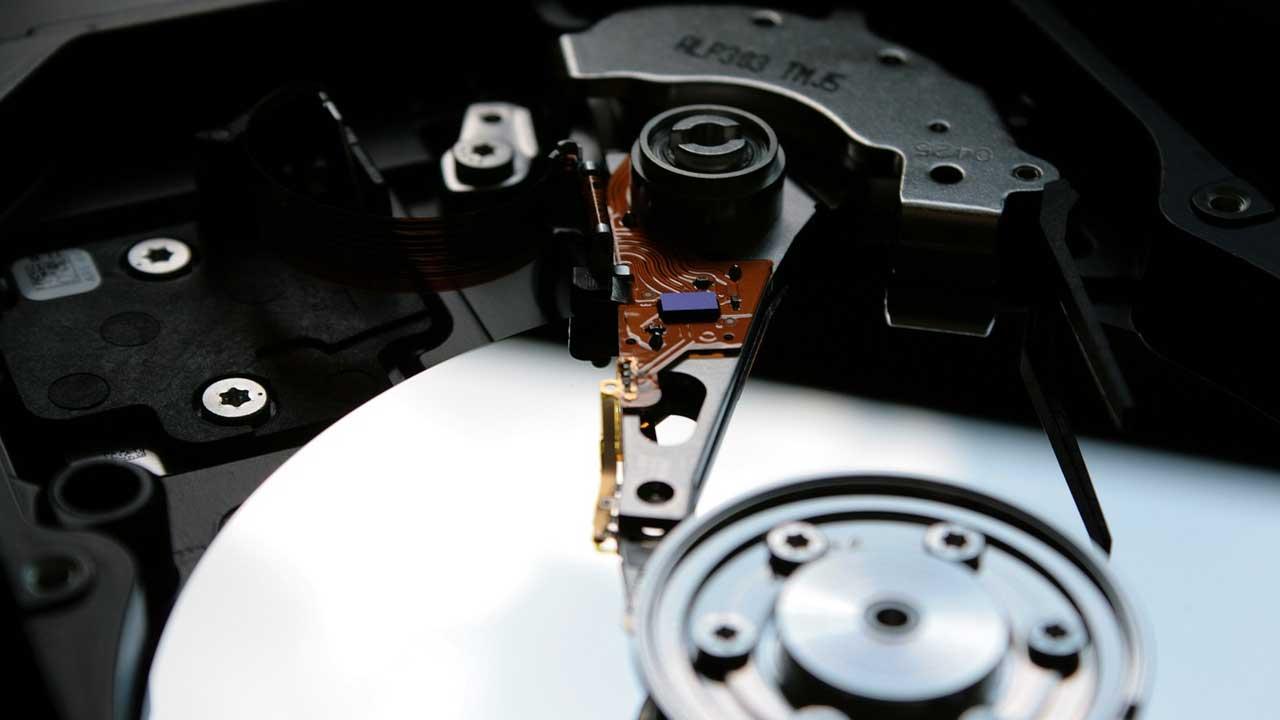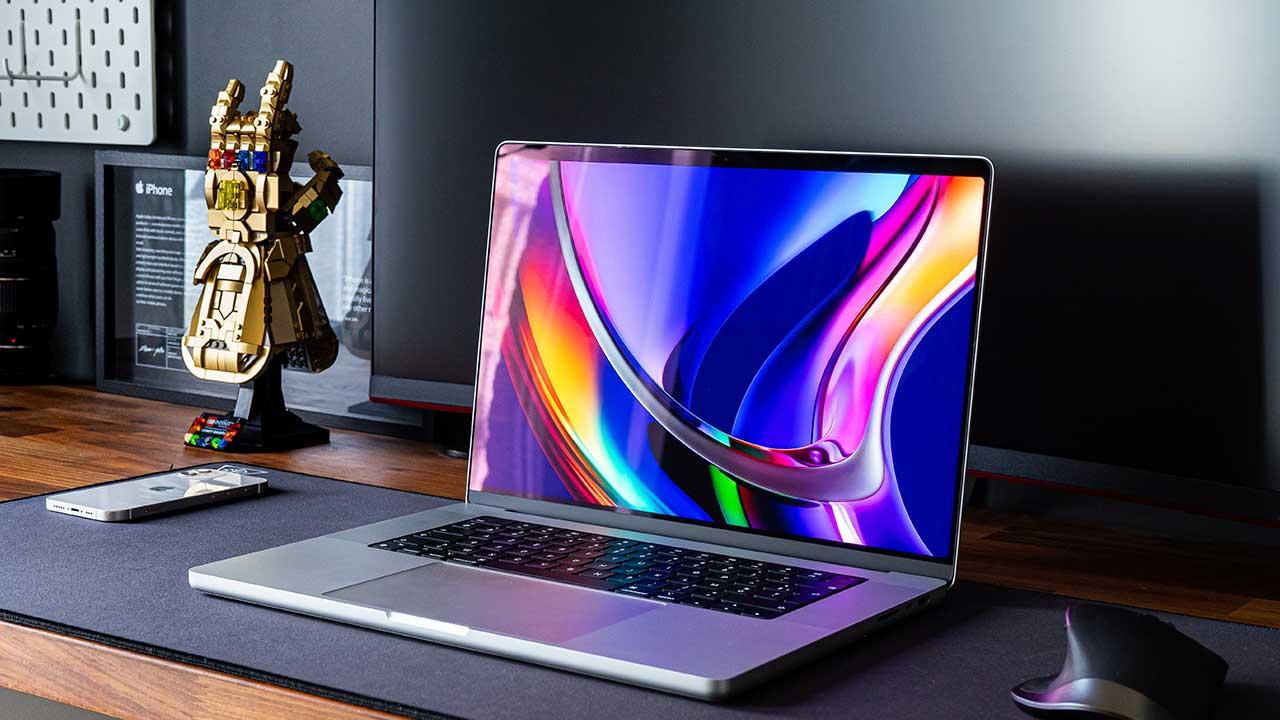Microsoft is a company that mainly develops software solutions, although it has many divisions that touch other segments of computing. Without a doubt, its operating systems, called Windows, are the most recognizable part of the company. But why did Microsoft decide to use the name Windows for its operating systems?
To understand the origin of this name we must take a trip to the past. Specifically, we must go back to the late 70s and early 80s, when computing was very basic. Computers were very limited, expensive and complex to operate due to their interface.
The first operating systems were much less attractive and more complex to use than today’s ones. These were text-based, they did not have a graphical interface that made them easy to use. To carry out the actions, commands were entered, which were nothing more than instructions or guidelines. Something that, therefore, made computing not something for the general public.
Windows, origin of the name of the Microsoft operating system
As we mentioned, between the late 70s and early 80s, everything was black screens with text. This includes MS-DOS, the first operating system developed by Microsoft.
Those operating systems did not allow computers to reach the general public. It required a complete remodel, adding a layer, so to speak, that will simplify use. This is how graphical interfaces are born, the system of use of modern operating systems that makes them so simple for any type of user.
Microsoft, for quite some time, has been working on its own operating system with a graphical interface that will make MS-DOS “obsolete.” The company decided to make this new user interface based on windows. In a display of originality, they decided to call it by the English term for windows: Windows.
Thus, in 1985, the company launched its first Windows operating system, which referred to the new graphical user interface (GUI). This interface allowed you to navigate a virtual desktop where multiple windows could be opened on the screen at the same time.

You should know that in Windows 1.0, it was actually just MS-DOS with one layer, a window-based GUI. We can say that it was an extension of the operating system to bring it closer to all users. It had many problems, one of the most important being the inability to overlap windows.
It would not be until Windows 2.0, released in 1987, when Windows could be assumed, achieving a more flexible interface. In addition, this operating system implements keyboard shortcuts for the first time.
Windows 3.0, released in 1990, further refined this windowing interface, with more advanced options, better performance, and support for more complex applications. Thanks to all the advances, it achieved great popularity, helping Microsoft to establish itself as a leader in the industry.

But, the big turning point was Windows 95, which was released in 1995. It was the first to introduce the “Start Menu”, the taskbar and the first to offer native support for the FAT32 file system.
The idea of using and maintaining the name Windows is to be easy to remember, descriptive and elegant for an operating system. Although, initially, Microsoft thought it would be temporary for the first or first versions, it was so well received that it has been maintained over time.













